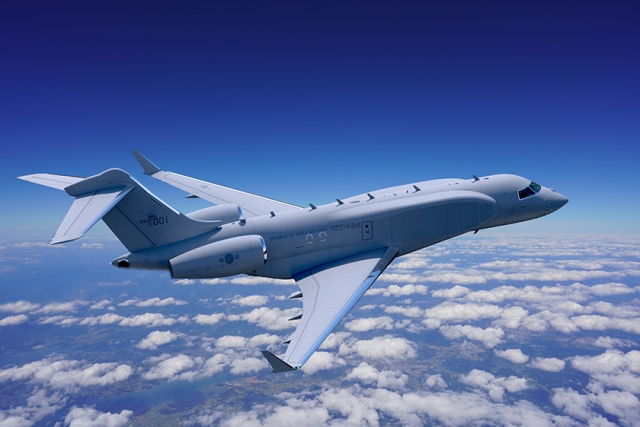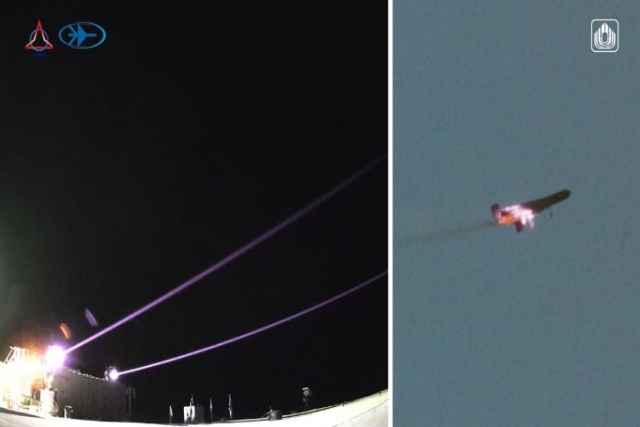Netherlands Navy to receive Integrated Mast from Thales
The Netherlands Defence Materiel Organization and Thales Nederland signed a contract for the delivery and installation of an Integrated Mast that is to be installed on the Joint Logistic Support Ship (JSS). This ship is presently being designed and engineered by Damen Schelde Shipyard in Flushing. This Integrated Mast is an I-Mast 400, identical to the Integrated Masts that are to be installed on the four Patrol Ships, also for the Royal Netherlands Navy. The I-Mast 400 for the JSS will be built by the Royal Netherlands Navy in Den Helder, the subsystems will be built in and tested at the Thales plant in Hengelo and delivered to the Damen Schelde Shipyard in January 2014. The Joint Support Ship will be handed over to the Royal Netherlands Navy in 2014. The 27,800 ton vessel is expected to be fully operational in 2015. The integrated mast is a complete other design approach in comparison with the traditional sensor layout on board of naval vessels. One central mast structure houses most radar, optronic, and communication sensors and antennas as well as all cabinets and peripherals. The advantages of this revolutionary sensor concept are huge: better operational performance, higher operational availability, reduced ship-building time, reduced maintenance requirements and enormous savings in below-deck space. The Integrated Mast provides the solution to the sensor problems encountered on many naval platforms that often have more than 50 antennas for surveillance, communications, fire control and navigation. These systems compete for the best place above deck but may in fact block each other or cause electro-magnetic interference. Generally, this phenomenon becomes apparent after the installation of all equipment, especially if multiple suppliers are involved. Traditional sensor and antenna arrangements significantly increase the time and costs to build naval warships. Apart from several iterations to find suitable antenna arrangements, shipyards have to negotiate with several equipment suppliers about power supplies, deck structure adaptations, electrical interfaces, cabling, cooling, etc. In addition, equipment installation is on the critical path of almost every shipbuilding program. The shipyard starts installation only after it has finished the ship including the welding, painting, installation of cabins, etc. It then brings in the above-deck and below-deck equipment components, the required cabling and wave-guides, and performs the integration. Furthermore, expensive cabling infrastructures and much valuable space are required to accommodate the various processing cabinets.










